Duncan Wall - The Ordinary Acrobat: A Journey into the Wondrous World of the Circus, Past and Present
Here you can read online Duncan Wall - The Ordinary Acrobat: A Journey into the Wondrous World of the Circus, Past and Present full text of the book (entire story) in english for free. Download pdf and epub, get meaning, cover and reviews about this ebook. year: 2013, publisher: Knopf, genre: Detective and thriller. Description of the work, (preface) as well as reviews are available. Best literature library LitArk.com created for fans of good reading and offers a wide selection of genres:
Romance novel
Science fiction
Adventure
Detective
Science
History
Home and family
Prose
Art
Politics
Computer
Non-fiction
Religion
Business
Children
Humor
Choose a favorite category and find really read worthwhile books. Enjoy immersion in the world of imagination, feel the emotions of the characters or learn something new for yourself, make an fascinating discovery.

- Book:The Ordinary Acrobat: A Journey into the Wondrous World of the Circus, Past and Present
- Author:
- Publisher:Knopf
- Genre:
- Year:2013
- Rating:4 / 5
- Favourites:Add to favourites
- Your mark:
The Ordinary Acrobat: A Journey into the Wondrous World of the Circus, Past and Present: summary, description and annotation
We offer to read an annotation, description, summary or preface (depends on what the author of the book "The Ordinary Acrobat: A Journey into the Wondrous World of the Circus, Past and Present" wrote himself). If you haven't found the necessary information about the book — write in the comments, we will try to find it.
The extraordinary story of a young mans plunge into the unique and wonderful world of the circustaking readers deep into circus history and its renaissance as a contemporary art form, and behind the (tented) walls of Frances most prestigious circus school.
When Duncan Wall visited his first nouveaucirque as a college student in Paris, everything about itthe monochromatic costumes, the acrobat singing Simon and Garfunkel, the juggler reciting Proustwas captivating. Soon he was waiting outside stage doors, eagerly chatting with the stars, and attending circuses two or three nights a week. So great was his enthusiasm that a year later he applied on a whim to the training program at the cole Nationale des Arts du Cirqueand was, to his surprise, accepted.
Sometimes scary and often funny, The Ordinary Acrobat follows the (occasionally literal) collision of one American novice and a host of gifted international students in a rigorous regimen of tumbling, trapeze, juggling, and clowning. Along the way, Wall introduces readers to all the ambition, beauty, and thrills of the circuss long history: from hardscrabble beginnings to Gilded Age treasures, and from twentieth-century artistic and economic struggles to its brilliant reemergence in the form of contemporary circus (most prominently through Cirque du Soleil). Readers meet figures pastthe father of the circus, Philip Astley; the larger-than-life P. T. Barnumand present, as Wall seeks lessons from innovative masters including juggler Jrme Thomas and clown Andr Riot-Sarcey. As Wall learns, not everyone is destined to run away with the circusbut the institution fascinates just the same.
Brimming with surprises, outsized personalities, and plenty of charm, The Ordinary Acrobat delivers all the excitement and pleasure of the circus ring itself.
Duncan Wall: author's other books
Who wrote The Ordinary Acrobat: A Journey into the Wondrous World of the Circus, Past and Present? Find out the surname, the name of the author of the book and a list of all author's works by series.

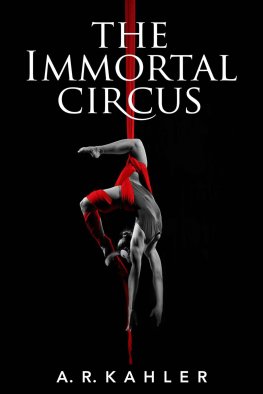

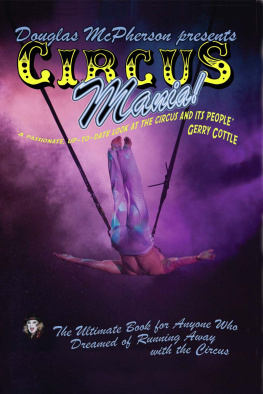
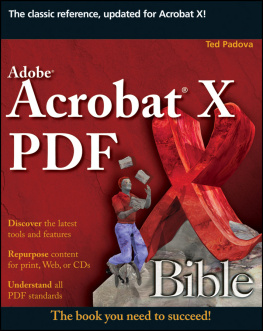
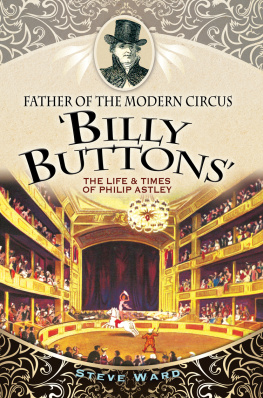
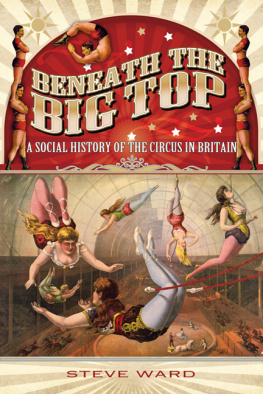
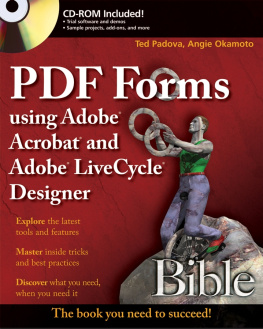
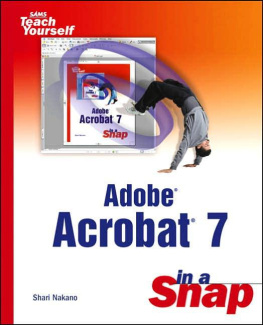


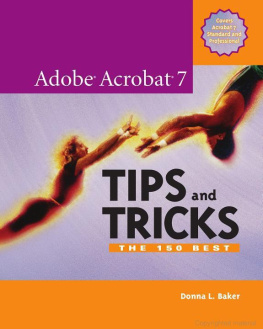
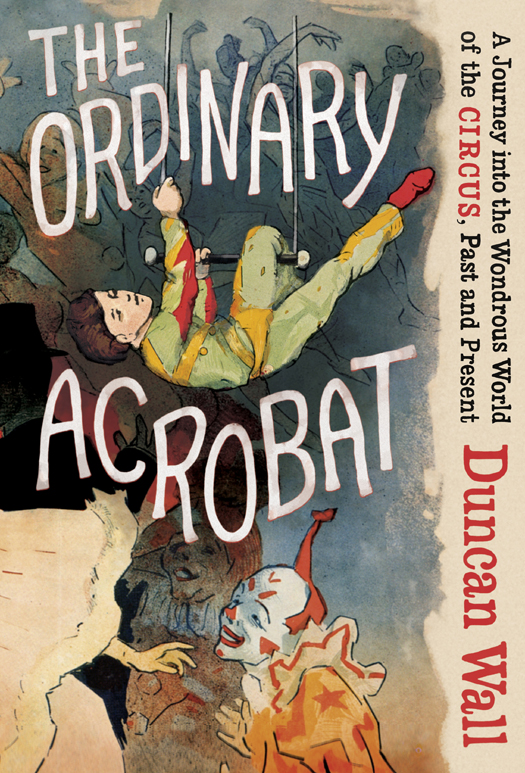
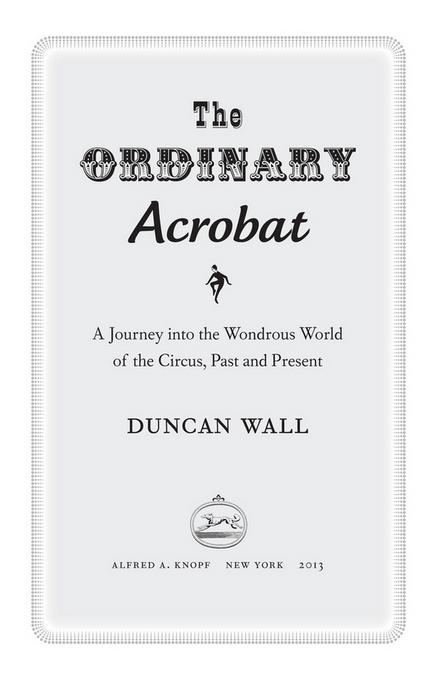
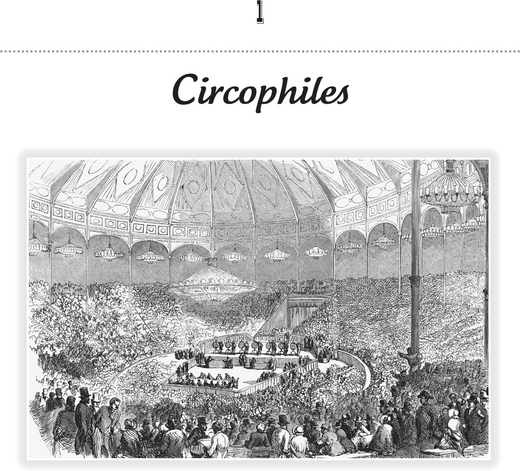
 GROWING UP , I had no connection to the circus. My ancestors werent acrobats or wire-walkers; Im aware of no Gypsy blood.
GROWING UP , I had no connection to the circus. My ancestors werent acrobats or wire-walkers; Im aware of no Gypsy blood.